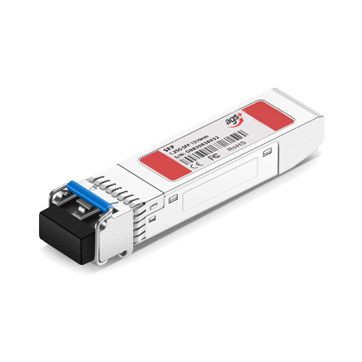Uncategorized
What is SFP single mode vs multimode? and how To buy
SFP (Small Form-factor Pluggable) transceivers are commonly used in networking equipment to provide a modular interface for fiber-optic or copper connections. The distinction between single-mode and multimode primarily refers to the type of optical fiber they are compatible with. Here are the main differences between SFP single-mode and multimode:
1. Transmission Distance:
SFP single mode vs multimode
- Single-Mode (SM): Designed for longer-distance transmissions. Single-mode SFPs can transmit signals over much greater distances compared to multimode. This is due to the smaller core size of single-mode fiber, which allows light to travel in a single path, reducing signal attenuation.
- Multimode (MM): Suited for shorter-distance connections. The larger core size of multimode fiber allows multiple modes (paths) of light to propagate, but this can lead to higher signal dispersion over longer distances.
SFP single mode vs multimode
SFP single mode vs multimode
2. Core Size:
SFP single mode vs multimode
- Single-Mode (SM): Has a smaller core size, typically around 9 microns. The smaller core minimizes the number of light reflections, enabling signals to travel longer distances with less attenuation.
- Multimode (MM): Has a larger core size, commonly 50 or 62.5 microns. The larger core supports multiple modes of light, allowing for easier coupling of light into the fiber, but it limits the distance over which the signal can be transmitted without significant loss.
SFP single mode vs multimode
3. Bandwidth and Data Rates:
- Single-Mode (SM): Supports higher bandwidth and is suitable for higher data rates. It is commonly used in long-distance applications, such as connections between data centers or across campuses.
- Multimode (MM): Generally has lower bandwidth compared to single-mode. It is commonly used for shorter-distance connections within buildings or data centers.
4. Color Coding:
- Single-Mode (SM): Usually identified by yellow color coding for the connectors and sometimes the cable jackets.
- Multimode (MM): Often identified by orange color coding, but this can vary. Multimode fibers also have different classifications based on their bandwidth capabilities, such as OM1, OM2, OM3, and OM4.
5. Cost:
- Single-Mode (SM): Generally more expensive than multimode components. The cost difference is attributed to the more precise manufacturing required for the smaller core size.
- Multimode (MM): Tends to be more cost-effective, making it a popular choice for shorter-distance connections.
6. Applications:
- Single-Mode (SM): Commonly used in long-distance applications, interconnecting data centers, and telecommunications networks.
- Multimode (MM): Suitable for shorter-distance connections within buildings, campuses, and data centers.
When choosing between single-mode and multimode SFPs, it’s crucial to consider the specific requirements of your network, such as the distance between devices and the desired data rates, to ensure optimal performance and cost-effectiveness.

